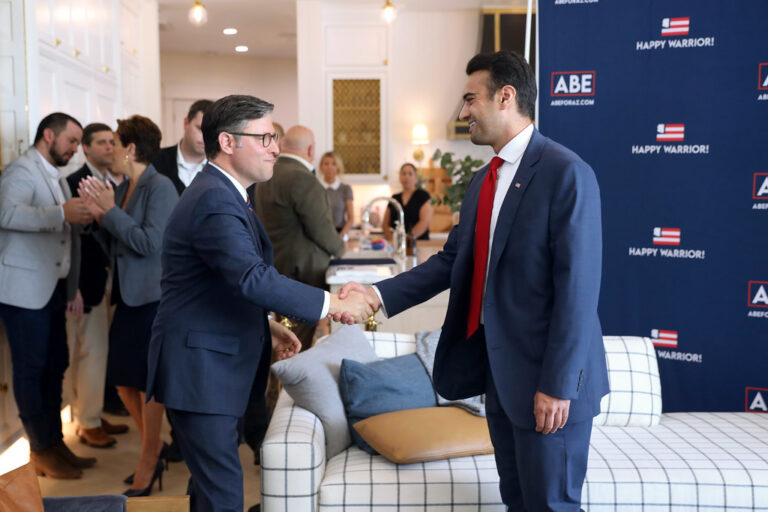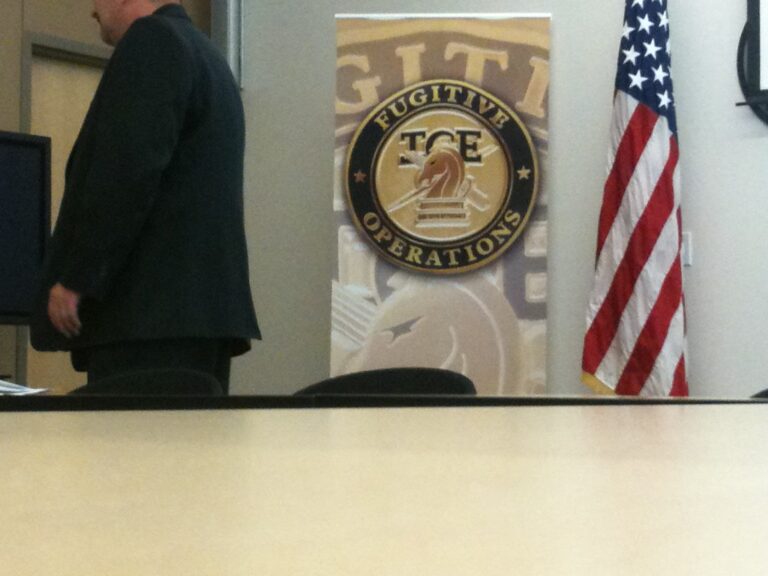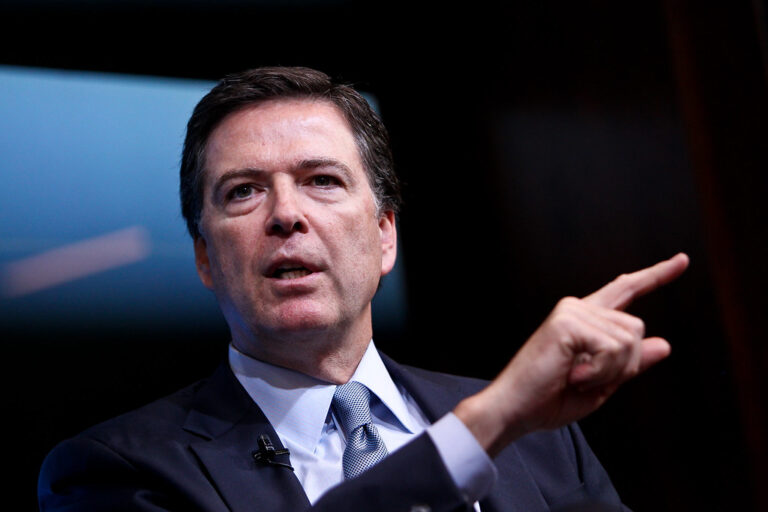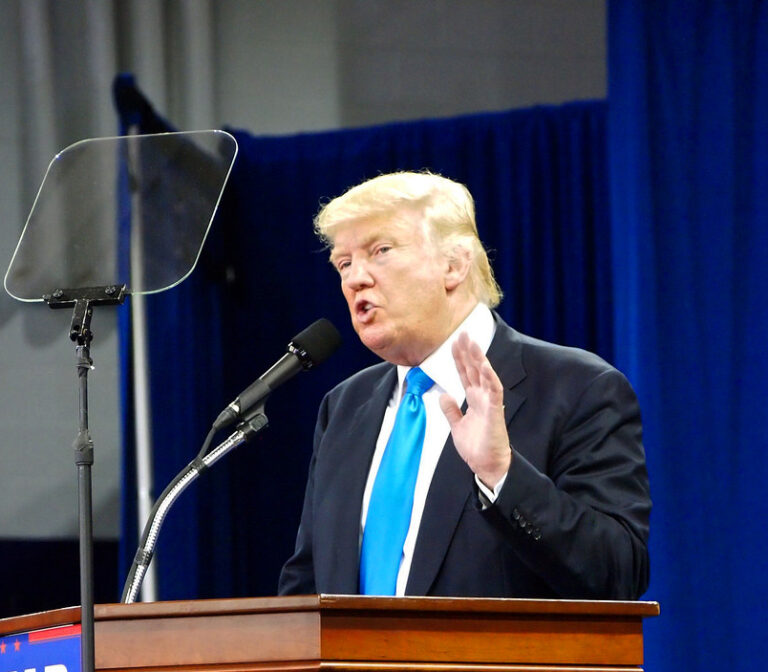Key Takeaways
• A government shutdown could pause food stamps for millions.
• Food stamps aid many households in Trump-voting areas.
• Former GOP insiders warn these cuts betray core voters.
• Some states move quickly to fill gaps, while others do not.
GOP Shutdown and Food Stamps Impact Face Voters
Republican leaders have tied budget talks to deep cuts in food stamps. This fight happens while Congress nears a potential shutdown. If talks fail, food stamps funding stops. Many families then risk missing critical meals. Meanwhile, Republicans often boast about helping working people. However, their current budget affects the poorest among them. Former Republican strategist Tim Miller stressed this point on MSNBC. He noted that slashing food stamps hurts voters who support his own party. He called it both a tragedy and a catastrophe.
Food Stamps and Voter Loyalty in Trump Districts
Many food stamp recipients live in counties that backed Trump. Therefore, slashing food stamps could affect those same supporters. Nicolle Wallace highlighted that food assistance knows no party lines. She pointed out that children, not politicians, feel the real pain. In addition, Wallace said food stamps help millions of kids every month. Moreover, these benefits rarely go to wealthy families. Instead, they feed those struggling after job loss or medical bills. Consequently, cuts to food stamps strike at the heart of suburban and rural communities alike. As a result, voters could rethink their allegiance if families face hunger.
How Shutdown Blocks Food Stamp Funds
A looming shutdown means Congress won’t renew certain programs. Among them is SNAP, the modern version of food stamps. During previous shutdowns, Congress treated SNAP as mandatory spending. Now, some GOP leaders want to reclassify it as discretionary spending. This change forces lawmakers to approve food stamps in annual budget bills. If they do not, funding stops. Therefore, if the shutdown continues beyond this weekend, families will see immediate benefit pauses. Without quick action, states cannot draw on new federal food stamps dollars. Thus, pantry shelves remain bare for millions.
Governors Race to Fill Gaps for Food Stamp Recipients
In response to possible cuts, Democratic governors move quickly to protect families. In Colorado, the governor has plans to use emergency funds to cover food stamps temporarily. Meanwhile, other states with Democratic leadership explore loans or private grants. However, many red states lack similar plans. Their leaders remain silent on filling the funding gap. Consequently, families there face the real threat of hunger. State budgets already stretch thin after pandemic relief spending. As a result, these governors struggle to find money in tight budgets. Still, several have vowed to avoid any lapse in food stamps.
MAGA Populism vs Policy Action
Tim Miller argued that current GOP populism feels more like talk than action. He claimed the party pays lip service to working class voters. Yet their policies fail to protect those same people. He contrasted the rhetoric of a “multiracial, working class party” with the real budget fight. Miller stressed that if the party truly cared, food stamps would be safe. Instead, the deadline looms without a clear plan. Furthermore, Miller noted that Congress members remain absent while the public waits. Even as policy stalls, former President Trump tours Asia with a Burger King crown in hand. That spectacle, Miller said, shows misplaced priorities.
Why Food Stamps Matter Beyond Politics
First, food stamps support health. Nutritious meals keep children alert in school. They also reduce long-term healthcare costs by preventing malnutrition. Second, these benefits boost local economies. Every dollar of food stamps spent at local stores generates more business for farmers and grocers. Third, food stamps stabilize families in crisis. Job loss, illness, or natural disasters can push any family to the brink. In those moments, SNAP steps in to prevent hunger.
Moreover, food stamps carry broad public support. Polls often show bipartisan backing for hunger relief. Local charities and food banks depend on SNAP to reach the most vulnerable. Therefore, ending or cutting food stamps could strain those safety nets. Community groups warn that demand at soup kitchens and food pantries would skyrocket.
Potential Political Fallout
Cutting food stamps could backfire on Republicans. If voters see immediate hunger, they may blame the party in power. Especially in swing districts, that anger could tip elections. Likewise, moderate Republicans fear losing seats in next year’s races. Some lawmakers have asked party leaders to find alternative savings. They worry that deep cuts might alienate key voter blocs. Yet, hardliners resist any compromise on social safety programs. This internal struggle now plays out under intense public scrutiny.
What Happens Next
Congress returns to Washington amid high tension. Lawmakers must decide whether to approve full-year funding for SNAP. Otherwise, a shutdown will freeze these benefits. Negotiators face pressure from all sides: hunger advocates, budget hawks, and political strategists. Some push for clean continuing resolutions that protect food stamps. Others insist on tougher spending limits across the board. Meanwhile, governors prepare emergency measures in friendly states. Voters in red states might see a gap in benefits if federal funding stops. In contrast, blue states aim to keep food stamps flowing through March.
Looking Ahead
The fate of food stamps now rests on a few critical votes. If Congress safeguards SNAP, families will keep getting benefits. If not, many children may go to school hungry. This showdown tests whether modern GOP policy matches its populist promises. For now, families and community groups hold their breath. They wait to see if Washington will protect their access to food.
Frequently Asked Questions
What happens if food stamps expire during a shutdown?
If funding ends, states cannot issue new benefits. Existing benefits run out quickly. Families may miss meals until lawmakers restore funding or states step in.
Who benefits most from food stamps?
Food stamps mainly aid low-income families, children, seniors, and people with disabilities. Many recipients live in areas that vote heavily for either major party.
Can states act when food stamps stop?
Some states can use emergency or reserve funds to keep benefits flowing. Others may lack the budget or legal authority to fill gaps.
How does a shutdown link to food stamps?
When a shutdown occurs, discretionary programs require annual approval. Redefining SNAP as discretionary forces Congress to include it in budget bills. If they do not, funding pauses.










